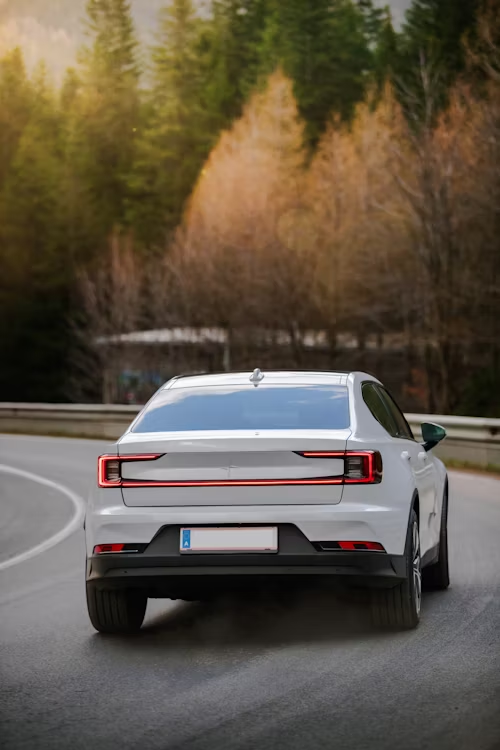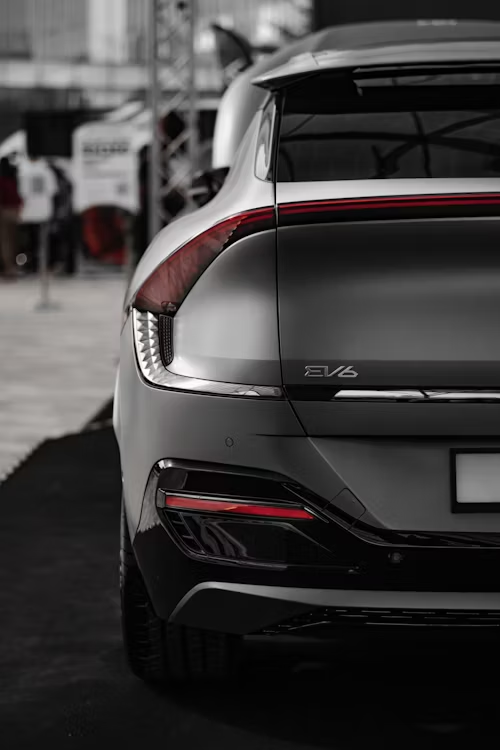Transform Your Ride: A Guide to Electric Car Conversions and Sustainable Vehicle Upgrades

The future of transportation is leaning heavily toward sustainability, driven by growing environmental concerns and the advancement of technology. As a result, eco-friendly mobility solutions such as electric car conversions and sustainable vehicle upgrades are gaining traction. These innovations not only help reduce the carbon footprint but also offer a renewed lifecycle for older vehicles, blending classic aesthetics with modern technology. This blog post explores the ins and outs of converting traditional cars to electric, enhancing them with sustainable upgrades, and adopting smart vehicle solutions for a greener tomorrow.
What is an Electric Car Conversion?
Electric car conversions involve replacing a vehicle’s internal combustion engine with an electric motor and battery pack, transforming it into a fully electric vehicle (EV). This process not only breathes new life into vintage models and used cars but also serves as a significant step toward eco-friendly mobility. By repurposing existing vehicles, the need for new raw materials diminishes, further reducing the environmental impact.
Benefits of Converting to an Electric Vehicle
- Environmental Impact: Converting to an electric car significantly reduces greenhouse gas emissions, particularly if the electricity used is sourced from renewable energies.
- Cost-Effectiveness: Electric vehicles are cheaper to run compared to traditional gasoline cars. They require less maintenance and benefit from lower running costs.
- Performance Benefits: Electric motors provide instant torque, potentially improving the acceleration and driving experience of the converted car.
- Incentives: Many governments offer financial incentives for electric vehicles, including tax reductions or exemptions, which can also apply to conversions.
Key Components of an Electric Car Conversion
Embarking on an electric conversion project involves several critical components. The primary elements include the electric motor, battery pack, controller, and charging system. Each component plays a pivotal role in the functionality and efficiency of the vehicle.
- Electric Motor: This is the heart of your converted electric vehicle, responsible for driving the wheels. Motors vary in size and power, depending on the vehicle and desired performance.
- Battery Pack: The battery stores the electricity needed to power the motor. Choices range from lead-acid batteries to more modern lithium-ion batteries, which offer longer life spans and higher energy densities.
- Controller: This acts as the intermediary between the motor and the battery, managing the power flow and overall operation of the electric drive system.
- Charging System: An onboard charger is necessary to recharge the battery pack from the grid. The capacity and compatibility of the charger are critical for efficient charging cycles.
Planning Your Electric Vehicle Conversion
Converting your car to electric requires careful planning and consideration of several factors:
- Vehicle Selection: Choose a vehicle that is structurally sound and suitable for conversion. Lighter vehicles generally perform better as EVs due to their reduced energy consumption.
- Range Requirements: Determine your typical daily mileage to decide on the battery size and type, which directly influence the vehicle's range.
- Budget: Set a realistic budget that includes not only components but also unforeseen modifications and professional fees, if applicable.
- Technical Expertise: Assess whether you will undertake the conversion yourself or require professional assistance. Complex conversions might benefit from experienced technicians.
- Legal and Safety Regulations: Ensure the converted vehicle meets all local transport and safety standards, including inspections and insurance considerations.
Sustainable Vehicle Upgrades Beyond Electrification
While converting to electric is a substantial upgrade, other modifications can enhance a vehicle's sustainability. Consider implementing these smart vehicle solutions:
- Regenerative Braking Systems: These systems recover energy during braking, which is then stored in the battery, thereby extending the vehicle’s range.
- Energy-Efficient Tires: Specialized tires designed for lower rolling resistance can improve fuel efficiency and reduce energy consumption.
- Aerodynamic Modifications: Reducing drag with aerodynamic enhancements can further increase efficiency and performance.
- Advanced Telematics: Installing smart technology that monitors and optimizes energy usage can lead to significant improvements in vehicle efficiency.
Embracing Eco-Friendly Mobility for the Future
The shift towards sustainable transportation and eco-friendly mobility is inevitable as we aim to reduce our environmental impact and embrace greener technologies. Electric car conversions and sustainable vehicle upgrades represent powerful ways to contribute to this transition, providing both personal and global benefits. By adopting these practices, not only do we extend the useful life of existing vehicles, but we also pave the way for innovative smart vehicle solutions in the evolving landscape of eco-friendly transportation.
In conclusion, whether you’re a car enthusiast looking to give your old model a new lease on life, or a consumer interested in sustainable transport options, electric car conversions and associated vehicle upgrades offer a promising pathway to eco-friendly mobility. With the right approach and resources, you can transform any vehicle into a clean, efficient, and smart transportation solution that is both enjoyable and environmentally responsible.
Now is the time to drive the change towards a greener planet by exploring the potential of electric car conversions and sustainable vehicle upgrades. Embrace the journey towards smart, eco-friendly mobility and become a part of the solution today!




